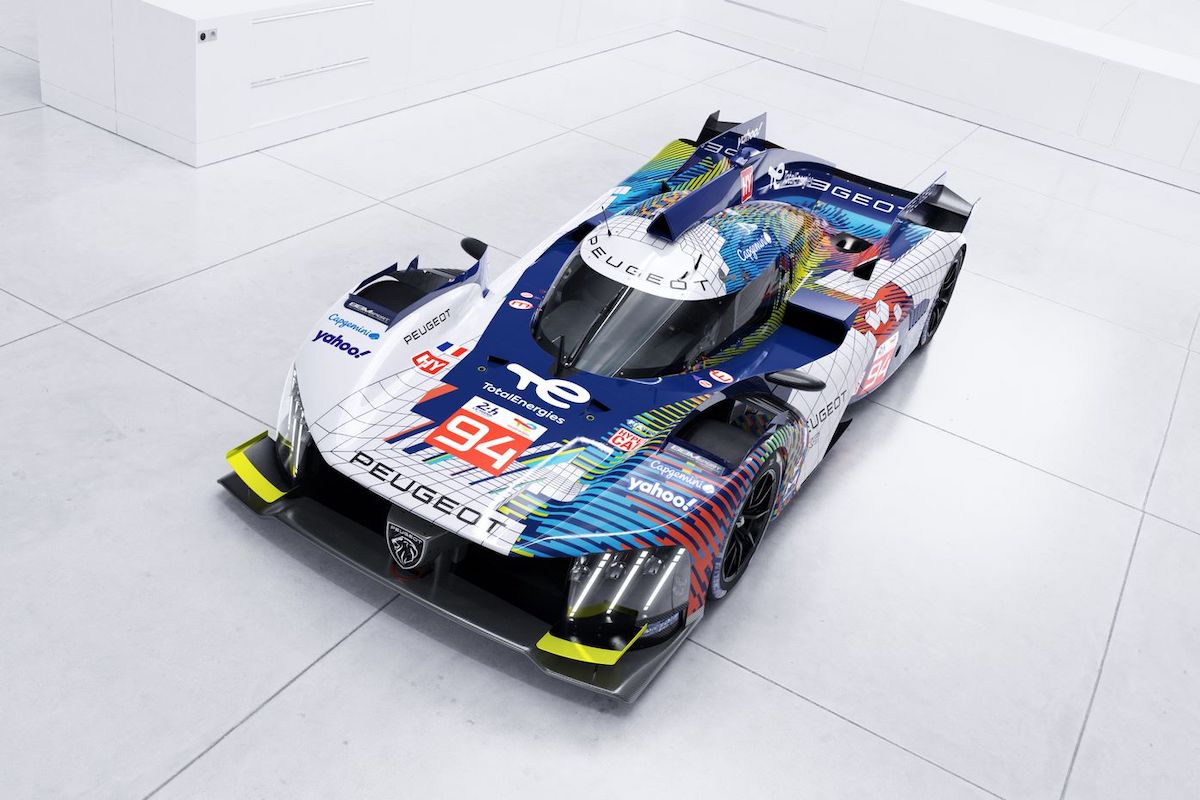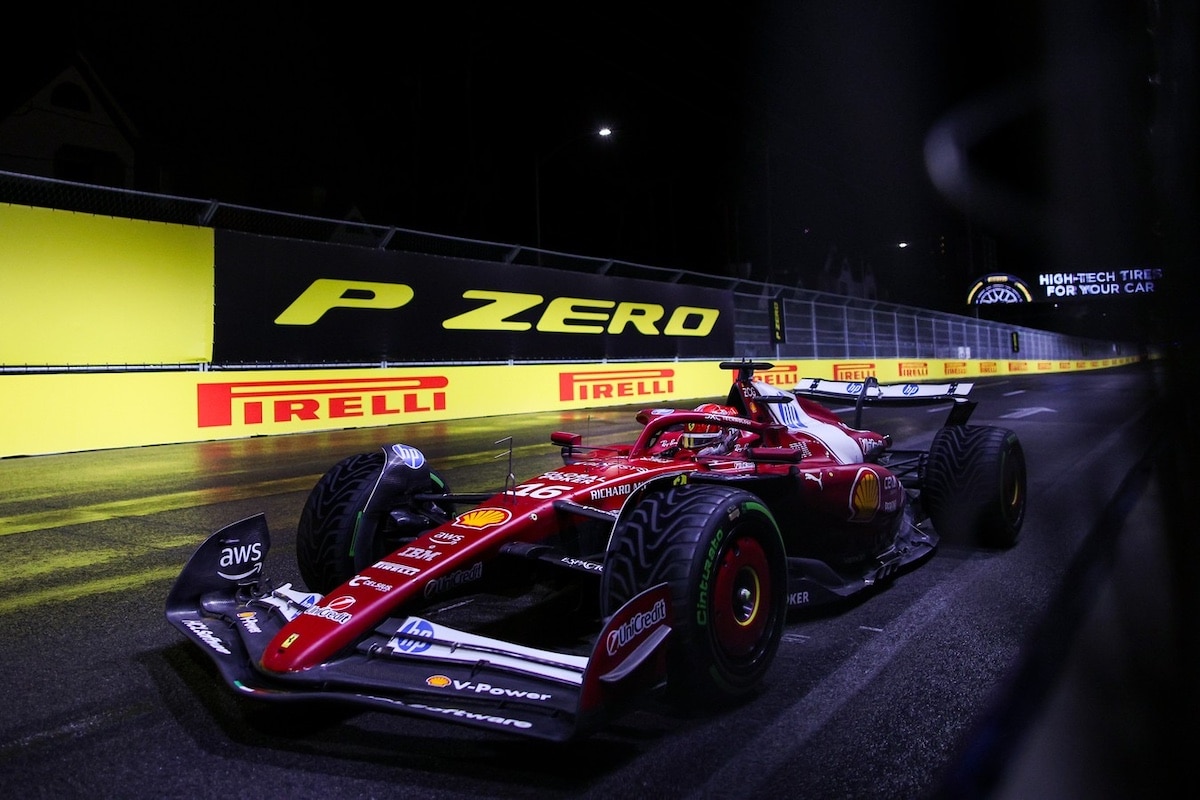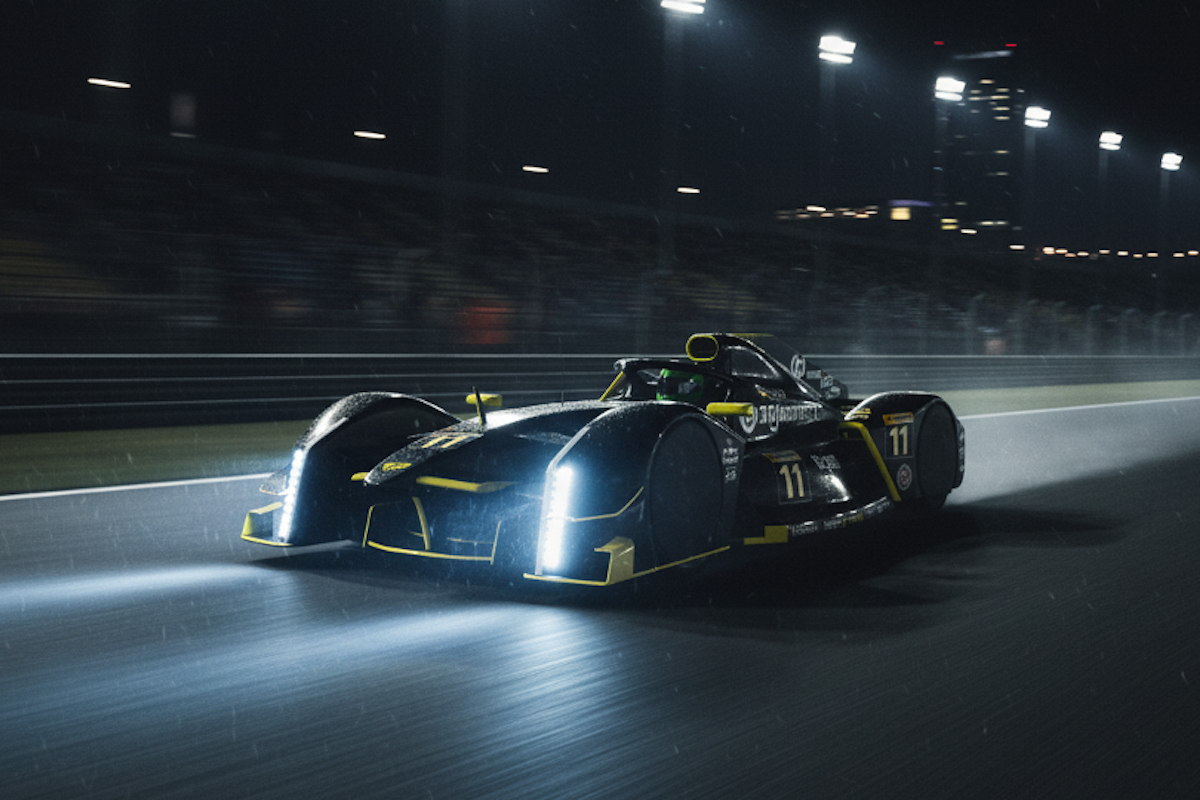At 300 km/h without a wing with the Peugeot 9X8

With its Hypercar 9X8, Peugeot made the bold choice to race the 24 Hours of Le Mans without a rear wing. But how does it work?
While it is expected to incorporate this aerodynamic appendage in 2024, the Peugeot 9X8 has been the main attraction this year in the World Endurance Championship. To allow manufacturers to add their brand’s style without being penalized in performance, the ACO, organizer of the 24 Hours of Le Mans, and the FIA specified in the hypercar regulations a maximum coefficient of 4 for aerodynamic finesse. This finesse, called “Lift over Drag” in English, is the ratio between the downforce and the drag generated by the car. This ratio corresponds to the lift coefficient divided by the drag coefficient, and a value of 4 is reasonable and fairly easy to achieve. Once this threshold is reached, engineers have full freedom to shape the bodywork to create the immediate visual identity required by hypercar regulations. Peugeot understood that this allowed them to omit the rear wing, a bold but somewhat extreme choice.

The 9X8 generates aerodynamic downforce through a combination of ground effect, with significant work on the rear diffuser, and airflow over the top of the bodywork, featuring an important Gurney flap at the rear end of the bonnet, complemented by two small winglets—simple and reduced-sized wings—located at the end of the rear wings.

Unfortunately, the results did not live up to expectations, but Peugeot was able to develop and race this interpretation of a car that still reflects the stylistic markers of production models. First and foremost is the silhouette. In Peugeot’s case, it exudes feline grace with a dynamic and powerful stance. Then there is the light signature, as the 24 Hours of Le Mans and night racing are always in mind. Today, almost the entire series range incorporates the signature three claws, which is extremely distinctive.
READ ALSO > The secrets of the Ferrari engine victorious at Le Mans
This page is translated from the original post "À 300 km/h sans aileron avec la Peugeot 9X8" in French.
We also suggestthese articles:
Also read





